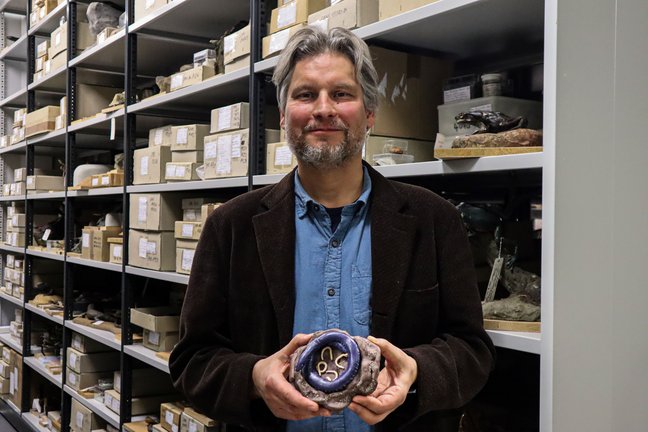Parental care for offspring occurs in many animals and is an essential part of the reproduction, propagation and development of an organism. An international research team from Brazil, the USA and Germany, including Dr. Alexander Kupfer, curator of Amphibians and Reptiles at the State Museum of Natural History Stuttgart, have revealed for the first time how egg-laying female caecilian amphibians successfully raise their offspring in the nest.
Caecilian amphibians are one of the least known vertebrate groups. The researchers were able to observe that the females of egg-laying amphibians, such as the species Siphonops annulatus, provide their young a similarly high-fat milk in the nest as, for example, egg-laying mammals. This discovery demonstrates the complexity of the evolution of reproductive strategies in vertebrates and expands our knowledge of brood care and communication in amphibians.
The research results were published in the renowned journal "Science".
08.03.2024
Egg-laying caecilian amphibians produce milk for their young
Science News
